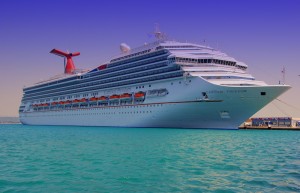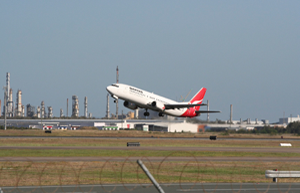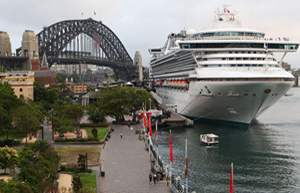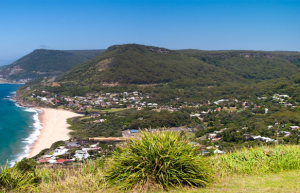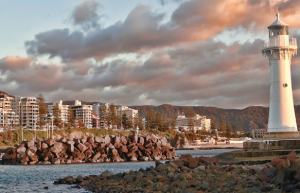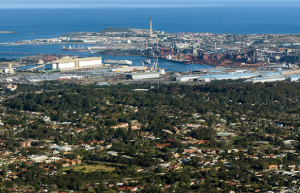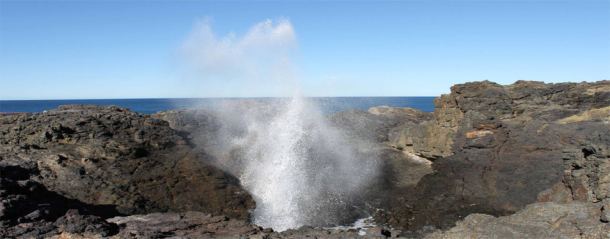
Post Summary
-
Date
27 November 2012, 10.42 AM
-
Posted by
Admin
-
Posted on
Tourist
-
Comments
0
Kiama Blowhole
The Kiama Blowhole is a blowhole in the town of Kiama, New South Wales, Australia. It is the town’s major tourist attraction. Under certain sea conditions, the blowhole can spray water up to 25 metres (82 ft) in the air, in quantities that thoroughly drench any bystanders. There is actually a second, less famous blowhole in Kiama, commonly referred to as the “Little Blowhole” by locals. It is much smaller than the other (called the “Big Blowhole”), but due to its narrow shape, it is actually more reliable than the Big Blowhole, and in the right conditions can be equally spectacular.
The main Kiama Blowhole was discovered by George Bass on his voyage of coastal exploration on December 6, 1797, after anchoring his whaleboat in the sheltered bay which became Kiama Harbour.
The shore Bass wrote, showed evidence of considerable volcanic fire and on the point he found: “The earth for a considerable distance round in the form approaching a circle seemed to have given way; it was now a green slope…..Towards the centre was a deep ragged hole of about 25 to 30 feet in diameter and on one side of it the sea washed in through a subterraneous passage…with a most tremendous noise…”
Bass was not, in fact, the first to discover the Kiama Blowhole, as local Aboriginals had for generations referred to it as Khanterintee.
In January 1889 a performer by the name of Charles Jackson attracted large crowds to see his crossings of the mouth of the Blowhole on a tightrope.
The blowhole attracts 600,000 tourists a year. Kiama Blowhole is just a few metres beyond the coastline. The “little blowhole” is located a few minutes south of the main blowhole.

